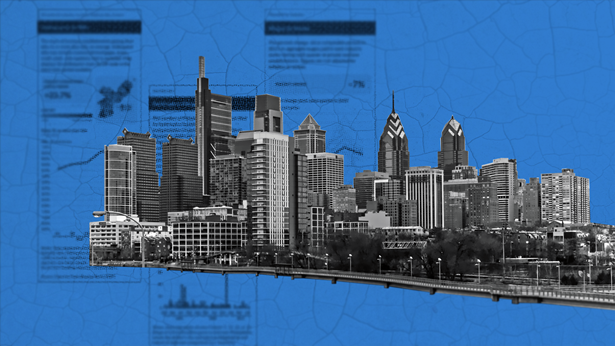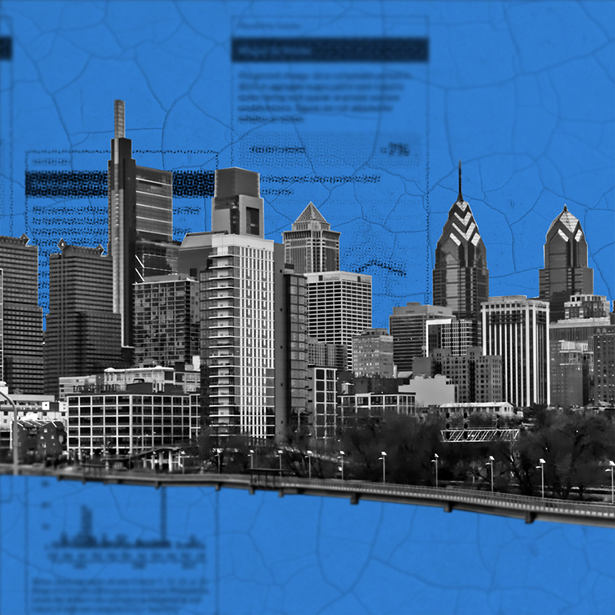How COVID Changed the Way City Governments Support Local Businesses
The pandemic sparked unprecedented regulatory and financial relief, as well as improved communication and data collection in Philadelphia and elsewhere
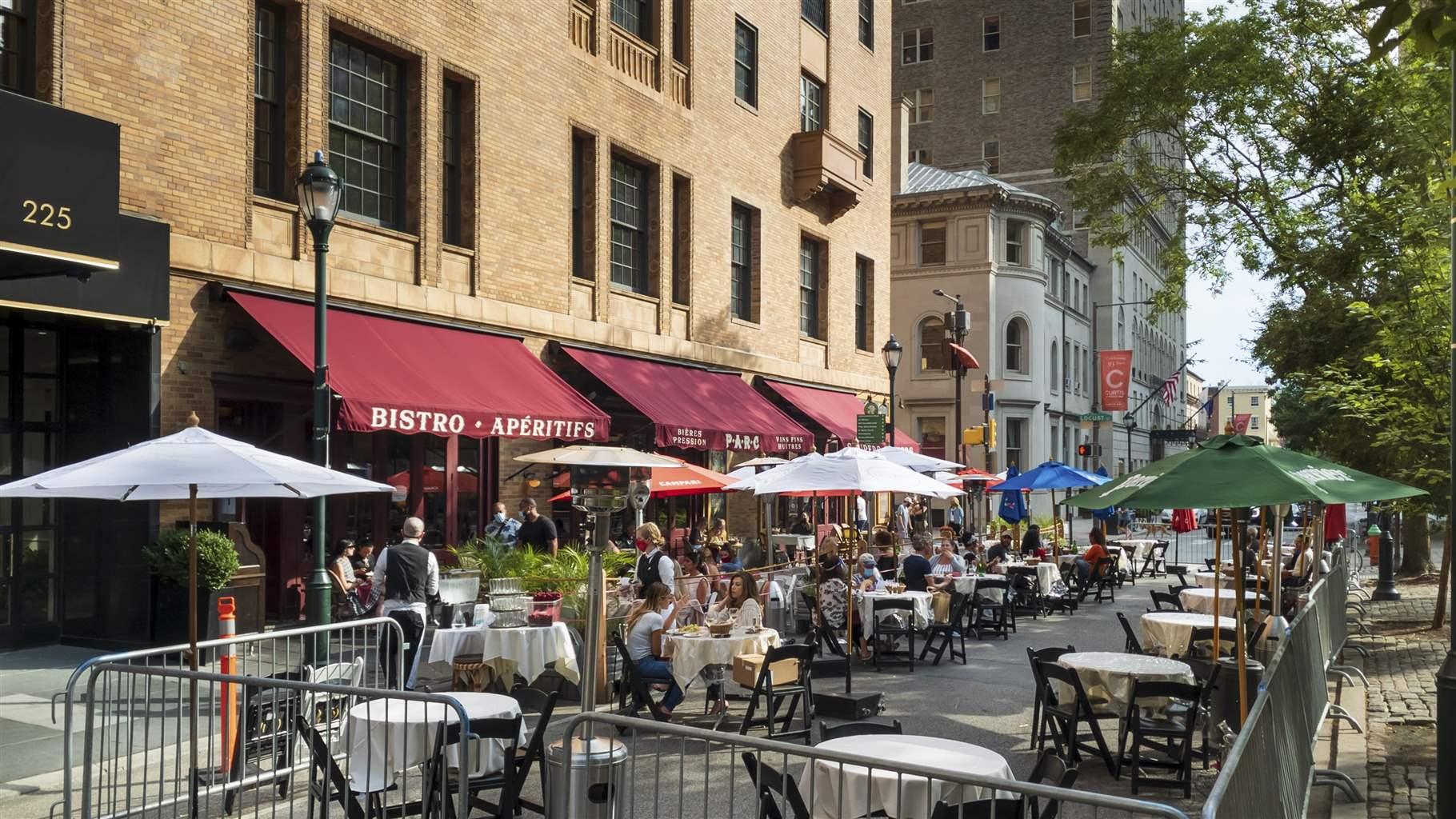
Overview
Since March 2020, businesses across the country have endured rolling economic shocks stemming from public health restrictions, shifting consumer behavior, and labor and supply chain disruptions brought about by the COVID-19 pandemic.
Early on, many businesses benefited from unprecedented financial relief from the federal government, which provided over $800 billion in forgivable business loans nationwide and at least $2.9 billion in Philadelphia.
Local governments, especially those in major cities, also played a critical role in supporting businesses in their jurisdictions. To learn more about these city government efforts, The Pew Charitable Trusts interviewed officials from 14 large cities—including Philadelphia—and found that municipal governments adapted their business regulatory practices, changed how they communicated with the business community, and streamlined some procedures, in addition to providing funds. The officials also noted that many city governments shifted toward becoming accommodating rather than restrictive with local businesses.
Among the key findings:
- Most cities adapted regulations and permitting processes to make it easier—and safer—to do business in the face of public health restrictions.
- Some cities changed how they communicated with businesses and found new ways to gather information on business conditions and needs.
- Cities prioritized connecting businesses with financial support throughout the pandemic, playing an important role in promoting and coordinating federal and state relief programs. Cities also launched their own programs, with most targeting business owners from underserved populations, vulnerable industries, or businesses that were unable to access larger-scale federal or state programs.
- Although the pandemic and the economic disruption it caused haven’t fully subsided, many cities are already looking for lessons in what happened and determining which changes they will carry on in the “new normal.”
City governments adapted rules, regulations, and procedures to make it easier for businesses to stay afloat and safely reopen
With restrictions on most indoor activity, the most visible change for businesses has been the proliferation of outdoor dining, retail, or personal services on city sidewalks, in parking lots, and on streets. Every city surveyed eased its rules for obtaining required permits or, in some cases, created new programs to make it easier for businesses to move outside.
In Philadelphia, two temporary programs enabled businesses in the city to access the public right of way on sidewalks and in parking lanes, and even to fully close some streets to automobile traffic. Before the pandemic, sidewalk cafe permits outside select commercial corridors required explicit City Council approval, a lengthy process that Philadelphia’s 2018 Special Committee on Regulatory Review and Reform cited as a key challenge. Under the temporary programs, all businesses were eligible for permits, and the city reviewed applications within three business days.
The success in getting the two programs up and running so quickly was the result of high-level buy-in across city departments. “At the very first meeting, we were able to get all four relevant commissioners [streets, water, licenses and inspections, and health] and the deputy managing director for transportation together to make the program work,” said Justine Bolkus, the Philadelphia Commerce Department official who coordinates the programs.
The need to quickly launch and approve similar programs required breaking down many siloes within city governments. According to Emily Giordano of the Atlanta Department of City Planning, “One of the things that the pandemic accelerated was the cross-collaboration of our department and the Department of Transportation”; the latter’s approval was needed for on-street permits. Giordano noted that the streamlined process for approving on-street businesses will continue through 2022, with the potential to become a permanent option for Atlanta business owners.
Many cities also reported that they designed outdoor dining and on-street programs to encourage business owners to participate, stressing clear guidance, predictable timelines, and easy application processes.
Staffers in several cities said businesses and residents generally view on-street activities as a success that should continue in some form. San Francisco, Washington, and New York have each announced a path to retaining versions of their temporary programs. In Philadelphia, City Council passed legislation in December 2021 to permanently extend its “streeteries” program but limited it to certain parts of the city. Businesses outside those areas will still require approval from City Council; reports following the release of the final regulations suggest that additional fine-tuning may be required.
As cities transition from emergency pilot programs to more permanent changes in how businesses can use public space, a number of issues remain, including accessibility and safety, proper pricing of public space, and establishing design and maintenance guidelines to minimize on-street activities’ impact on neighbors. Baltimore’s Design for Distancing initiative stands out for going beyond simply allowing new uses for public space. Heading into summer 2020, the city solicited designs to encourage more outdoor activity and funded 17 districts’ efforts to adapt public space to the needs of physical distance. A byproduct was one of the early design guidebooks for creating temporary installations.
Expanded permitting for public space was not the only intervention that cities pursued in response to the pandemic. Other regulatory changes in the 14 cities include:
- San Francisco’s voter-approved Proposition H permanently streamlined a host of regulations, including the implementation of a maximum 30-day review period for some business permits and the expanded permitted uses of space in commercial districts. The ballot measure, proposed by the mayor and endorsed by 60% of voters, addressed long-standing concerns of the small-business community.
- Boston adjusted certain business licenses to allow restaurants to sell groceries on-site and to remove restrictions on takeout food.
- Nashville, Tennessee, removed restrictions on home-based businesses, including audio recording, artisanal manufacturing, and some personal services.
In a few cases, cities moved to protect certain businesses through stricter, not looser, regulations. For example, five of the 14 cities, including Philadelphia, passed new rules to protect restaurants using large third-party food delivery services, such as DoorDash and Grubhub. The measures included requiring disclosures for customers of fees associated with their orders and imposing limits on how much the delivery services can charge restaurants.
Some cities also acted to prevent commercial evictions caused by businesses’ inability to pay rent. Although the measures were not as widespread as residential eviction moratoria established by many cities across the country, businesses in at least eight of the 14 surveyed cities were protected from eviction for some time during the crisis—either by the state, court system, or city. Notably, Philadelphia was the only city that enacted targeted commercial eviction protection, with a December 2020 law that explicitly protected certain small restaurant establishments from eviction for a 180-day period.
Pandemic Relief Programs in 14 U.S. Cities
All 14 cities provided some form of regulatory and financial relief to businesses struggling during the pandemic. Below are some highlights.
Atlanta: On-street dining permit—new temporary permit enabling use of public right of way.
Baltimore: Baltimore Development Corp. PPE Manufacturing Fund—provided $15,000 grants for businesses manufacturing personal protective equipment and expanded local PPE procurement for city employees.
Boston: Temporary suspension of takeout license requirement—eliminated requirement for special license, allowing all establishments to shift to takeout business model.
Chicago: High Road Kitchens Program—in partnership with One Fair Wage, Chicago gave grants to qualifying small restaurants that agreed to raise wages to $15 per hour by 2026 and provide free dinners for community members in need.
Denver: Temporary and permanent outdoor expansions program—new initiative allowing expansion into adjacent public or private outdoor space, in place through October 2022, to be followed by a permanent program.
Indianapolis: RESTART Grant Program—$5 million fund to reimburse up to $5,000 in reopening expenses, including personal protective equipment. Limited to businesses with 150 or fewer employees.
Lexington, Kentucky: Restaurant, bar, and retail temporary relief program—new initiative suspended or relaxed code and permitting requirements for use of sidewalks, public right of way, and other areas through October 2021.
Nashville, Tennessee: Temporary Home Occupation Permits—Nashville Metropolitan Council approved a new business permit, set to expire at the beginning of 2023, legalizing home-based businesses during the pandemic.
New Orleans: InvestNOLA COVID Relief Loan Fund—public-private partnership including $2 million in city funding to provide business loans of $10,000 to $50,000.
New York: Open Restaurants program—executive order temporarily expanding use of sidewalks and public right of way for outdoor dining. The city aims to transition to a permanent version of the program.
Philadelphia: COVID-19 Restaurant and Gym Relief Program—$12 million program provided targeted grants averaging $13,000 to the hardest-hit small-business segments in the city.
San Francisco: Shared Spaces permits—originally a temporary program providing permits for free use of sidewalks, parking lanes, and certain other areas for outdoor dining or retail; July 2021 legislation made the program permanent.
St. Louis: Small Business Grant Fund—$4 million available in the form of $5,000 grants to severely affected businesses.
Washington: Streatery Winter Ready Grant program—$4 million fund to provide businesses with $6,000 grants to adapt their outdoor installations for winter by purchasing equipment such as tents, heaters, and propane tanks.
The pandemic led to improved communication and data collection
Many cities discovered the value of clear lines of communication and data in an emergency. City websites became valuable one-stop shops for updates, not just on local guidelines but also for consolidated directories of the numerous local, state, federal, and private resources available. In Lexington, Kentucky, the municipal government wanted businesses to have a voice in decisions during the pandemic, so it included a business community representative in the emergency operations center for the first time. As a next step, according to Kevin Atkins, Fayette County’s chief development officer, the pandemic clarified “the need for a long-term emergency plan for the business community” that would build upon the engagement and outreach lessons learned over the past 22 months.
Many cities also ramped up efforts to collect information about business needs and conditions. Multiple city officials noted that the traditional data sources they use to understand the local economy were insufficient when they needed granular, real-time information. For several cities, the thousands of applications they received for municipal grant programs provided the best source of data.
In New Orleans, the business assistance team conducted daily calls with the business community at the onset of the pandemic and has since maintained biweekly calls. “The two-way communication that we’ve built up with the regular calls we’ve been hosting has been invaluable,” said Courtney Stuckwisch Wong of the Mayor’s Office of Economic Development, noting that the city plans to continue weekly conversations even beyond the pandemic.
And New York City’s Department of Small Business Services decided that the best way to reach and communicate with small-business owners in many parts of the city was via WhatsApp.
Looking ahead, officials stressed the need to prepare businesses for the next big economic shock. Deborah Cameron, Denver’s chief business development officer, said: “One of our key priorities for the economic recovery is strengthening small business resiliency.” Many of the challenges that small businesses faced during the pandemic also affect their long-term success; for example, poor accounting practices can make it harder to apply for relief programs, language barriers can deter engagement, and low digital literacy can limit online marketing efforts or sales.
These underlying conditions made it difficult for some businesses to apply for aid or pivot to remote sales during the pandemic, and they also limit the ability to compete for larger contracts, do succession planning, or change business models in response to economic conditions. Some cities are now making plans to follow up with businesses that need targeted technical assistance to address these issues.
Cities prioritized connecting businesses with financial support throughout the pandemic
Although cities had no formal role in administering the Paycheck Protection Program and other federal and state programs, they played an important role in promoting them to businesses and helping business owners find application assistance. In addition to connecting businesses with federal and state aid, each of the 14 cities instituted its own direct aid programs, in many cases launching several different funding opportunities to fill gaps in the local business ecosystem. Funding varied and was drawn from general fund balances; local government allocations under the federal Coronavirus Aid, Relief, and Economic Security (CARES) Act; or private and philanthropic sources.
City relief programs overall were more targeted than federal programs, based on criteria including business size, industry, and use of funds. Philadelphia’s COVID-19 Small Business Relief Fund, launched in March 2020, focused on micro-enterprises that were likely to miss out on federal relief: Half of the $13.3 million fund was allocated in the form of $5,000 grants to businesses with fewer than 10 employees. Washington’s Bridge Fund initially used $100 million from the CARES Act to support industries that were hit especially hard by pandemic-related closures: hotels, restaurants, retail, and entertainment. The $6 million Reopen Boston Fund, launched in May 2020, covered the cost of protective equipment and cleaning supplies needed to reopen in-person businesses. In addition to direct relief, many cities suspended or waived fines, taxes, and fees due to the city government.
Conclusion
Philadelphia and other cities continue to adapt their operations and rules as the recovery progresses. When Philadelphia recently announced the recipients of a $10 million fund designed to invest in transformative municipal projects, Mayor Jim Kenney noted, “The pandemic forced all of us—including city government—to adapt to unprecedented circumstances and pushed us to consider how we can better our work.” Maintaining that spirit of innovation and willingness to experiment will be critical in the months ahead as businesses—and governments—continue to adapt to a reshaped local economy.


America’s Overdose Crisis
Sign up for our five-email course explaining the overdose crisis in America, the state of treatment access, and ways to improve care
Sign up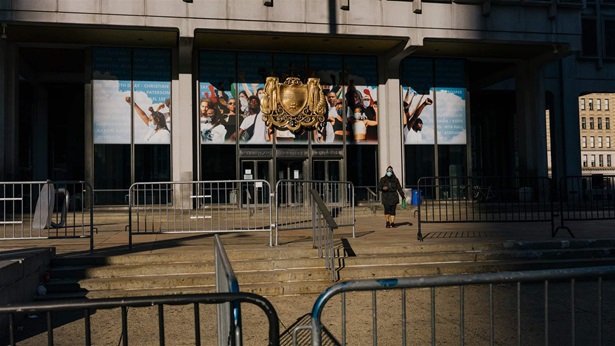
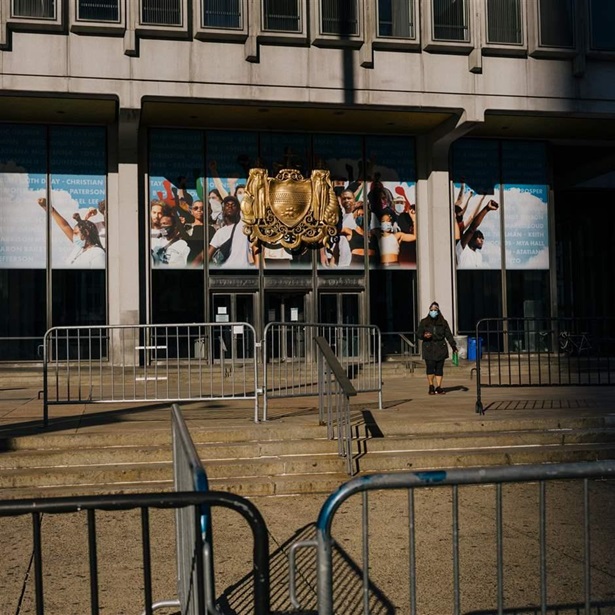
Philadelphia's Plans to Use Its American Rescue Plan Dollars
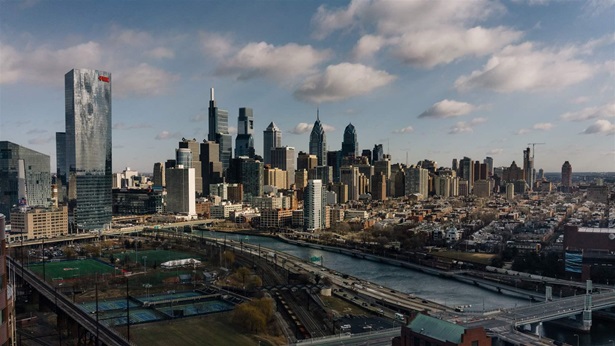
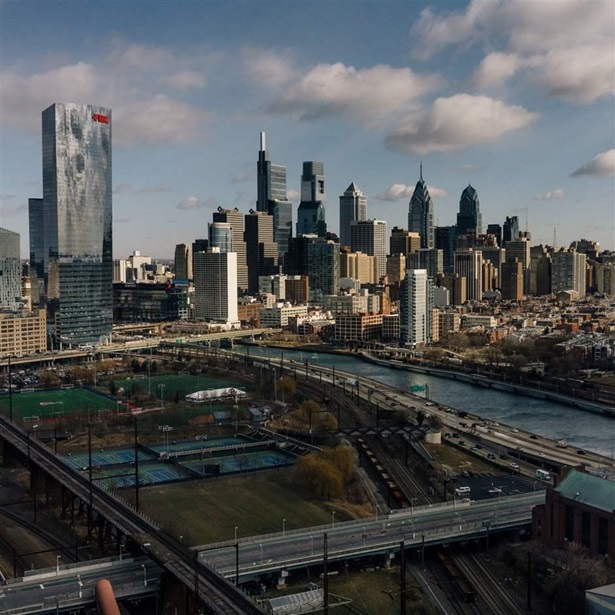
The Pandemic's Effects on Philadelphia's Economy and Jobs
